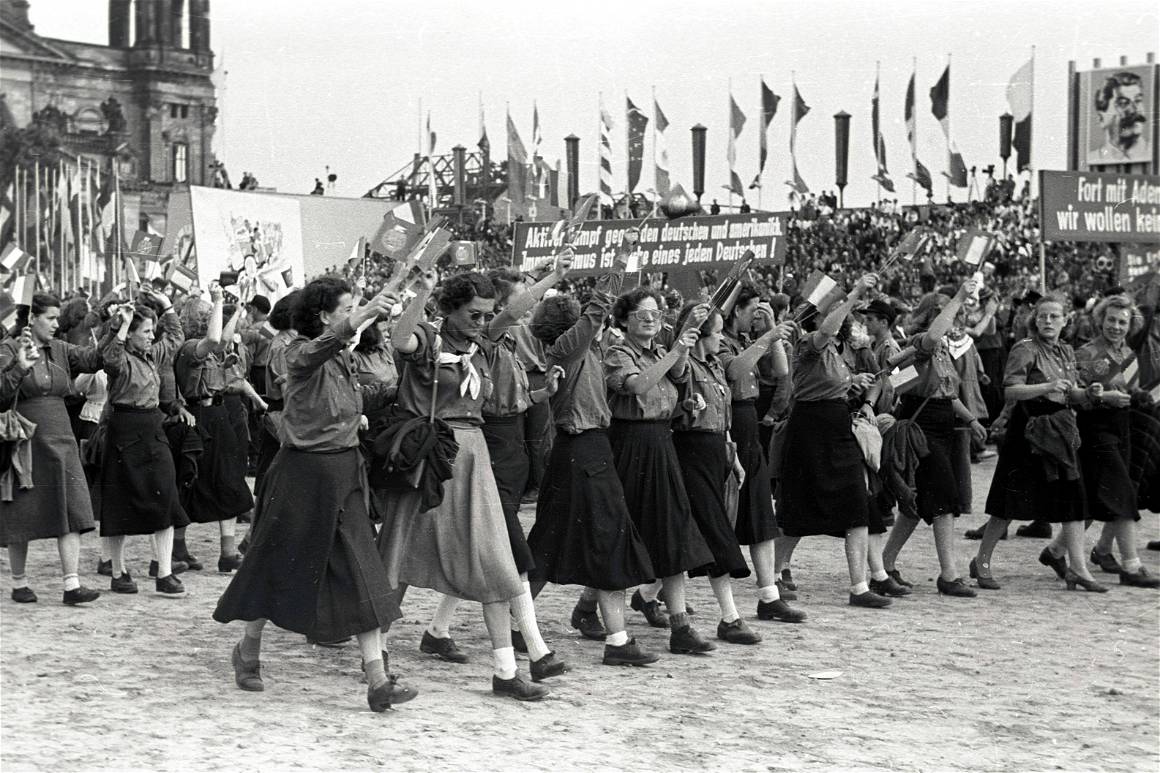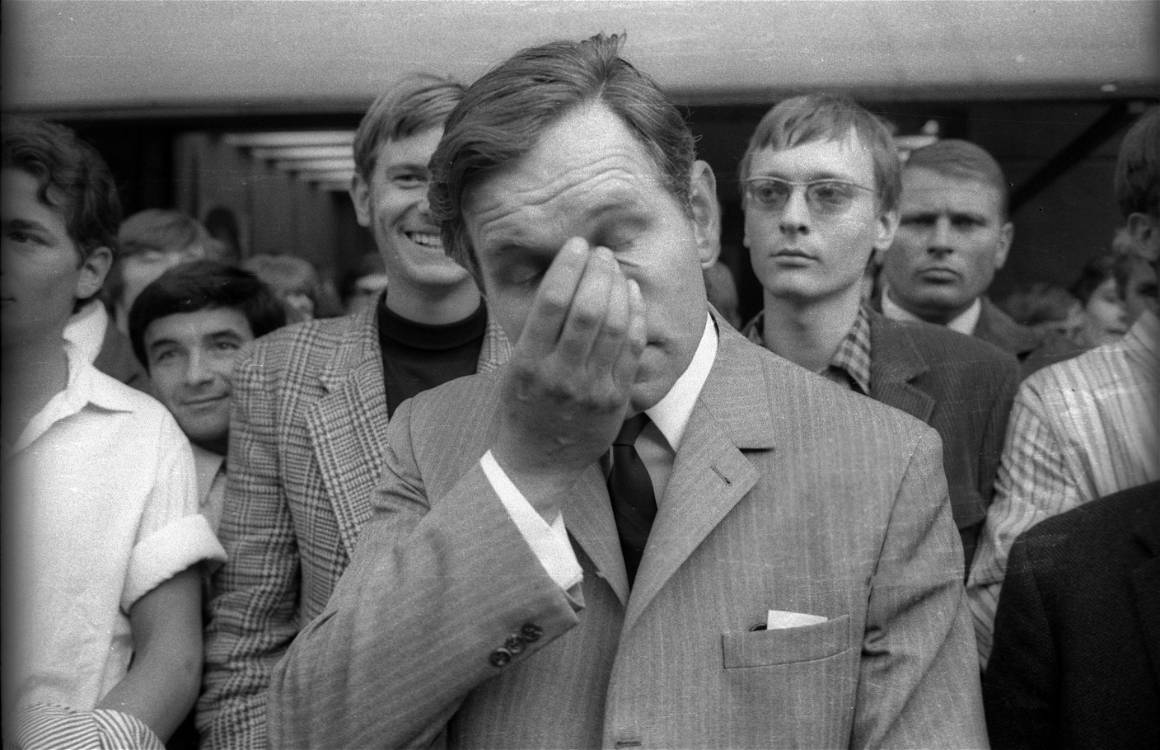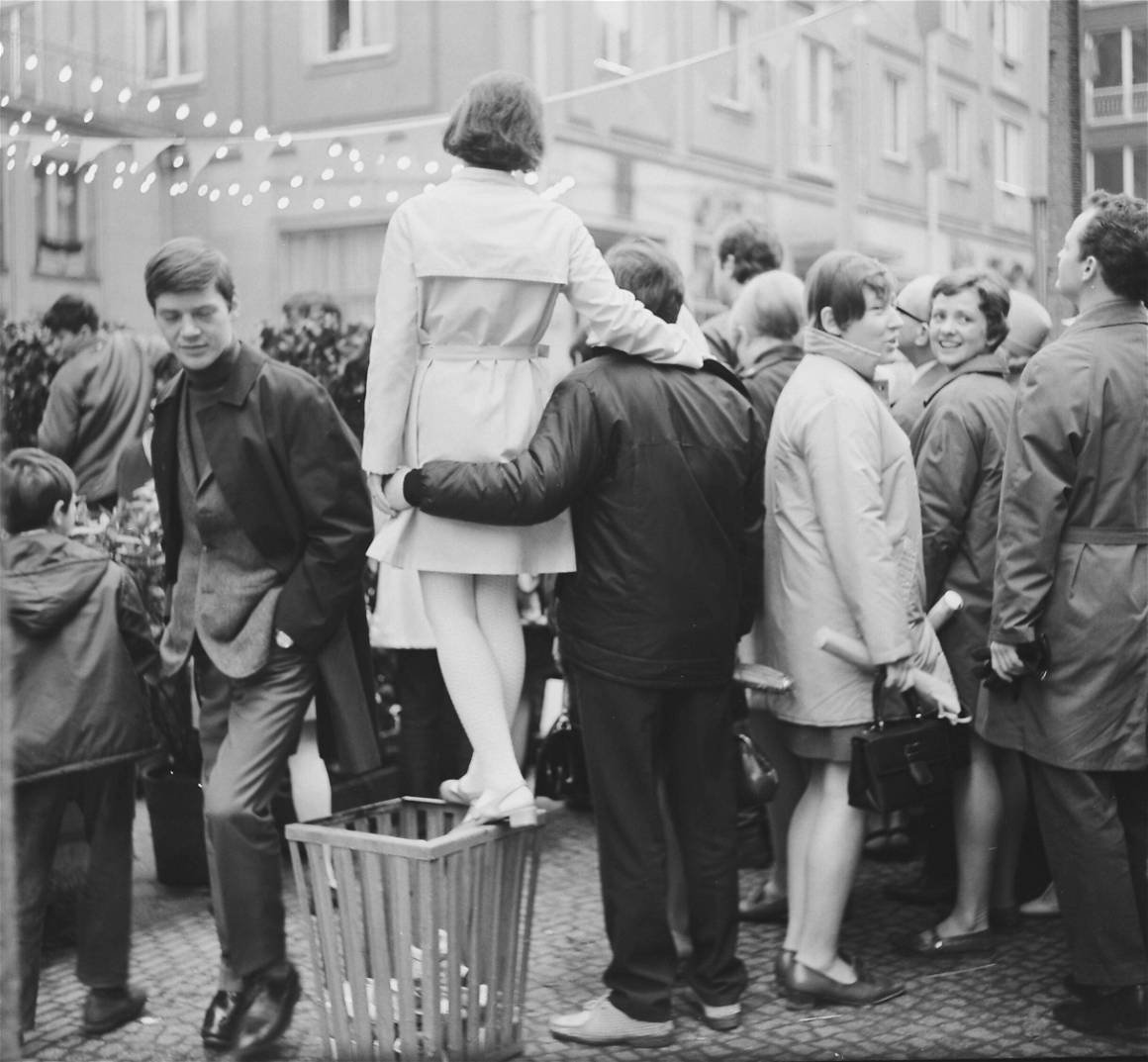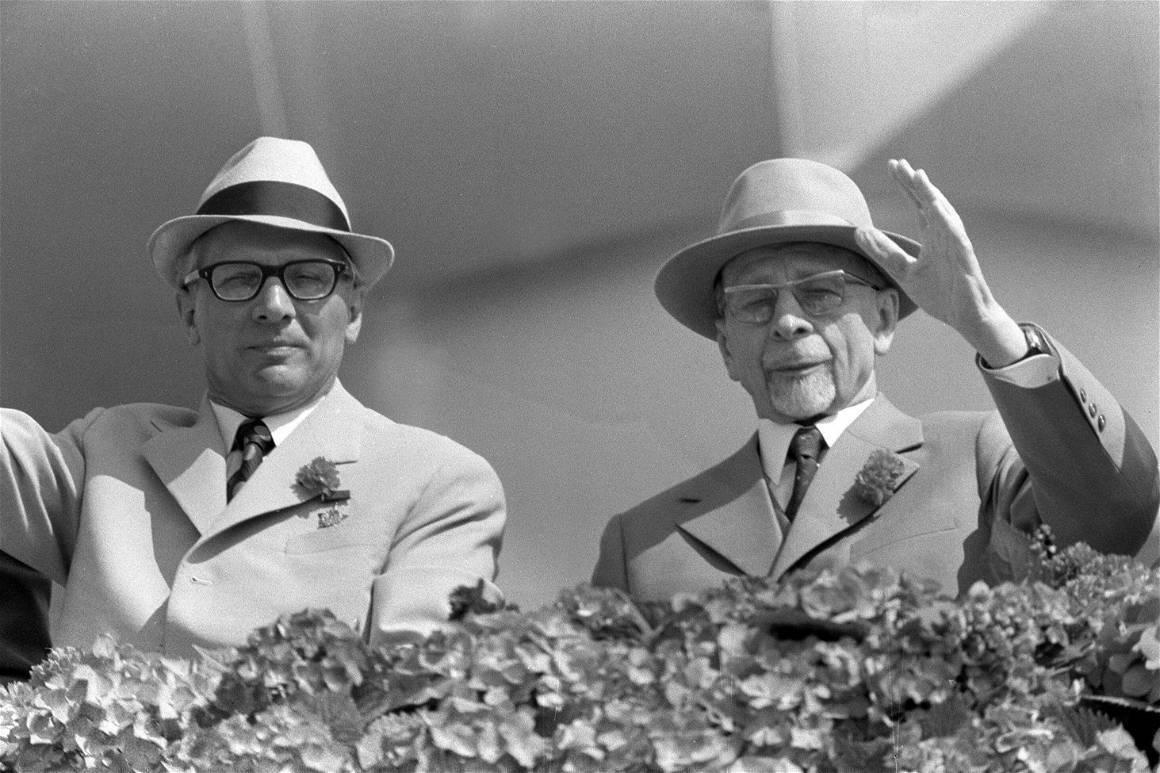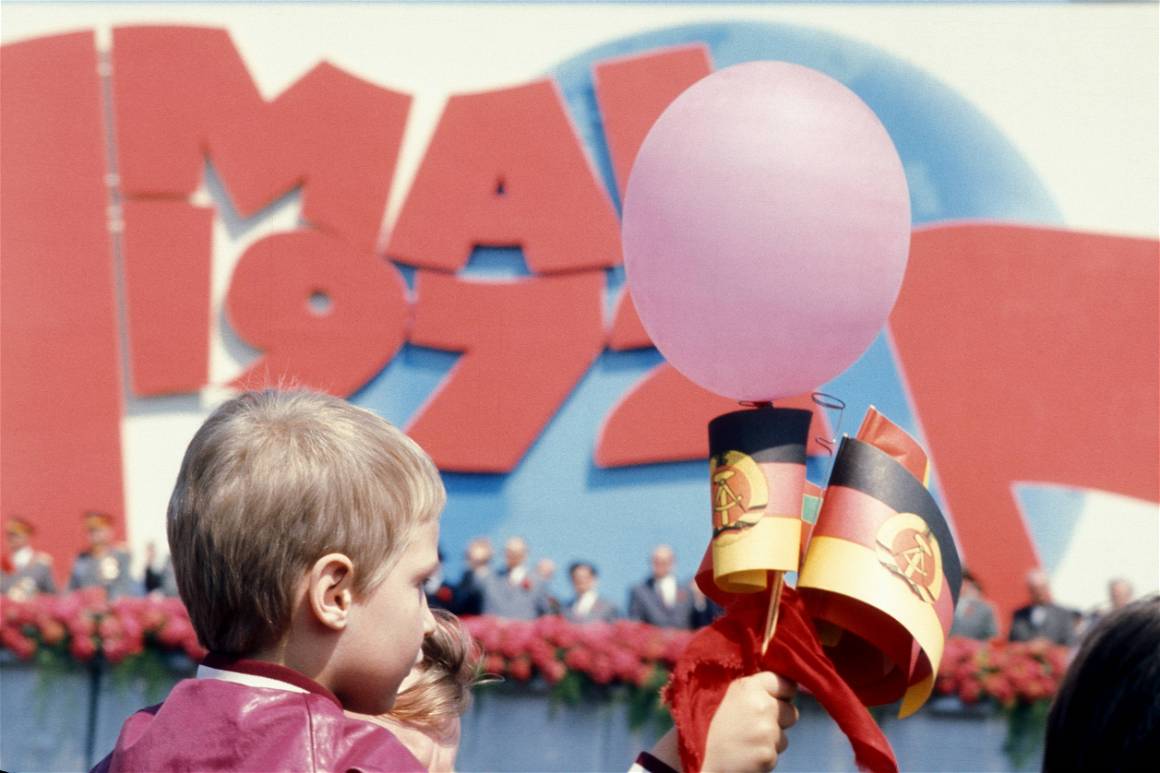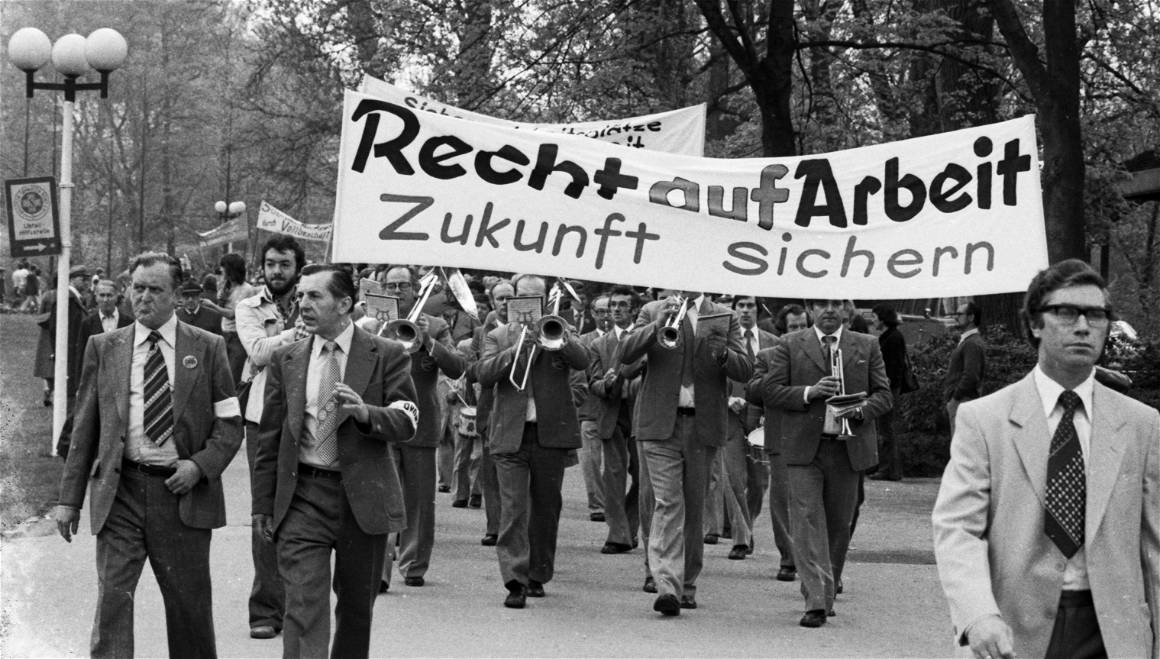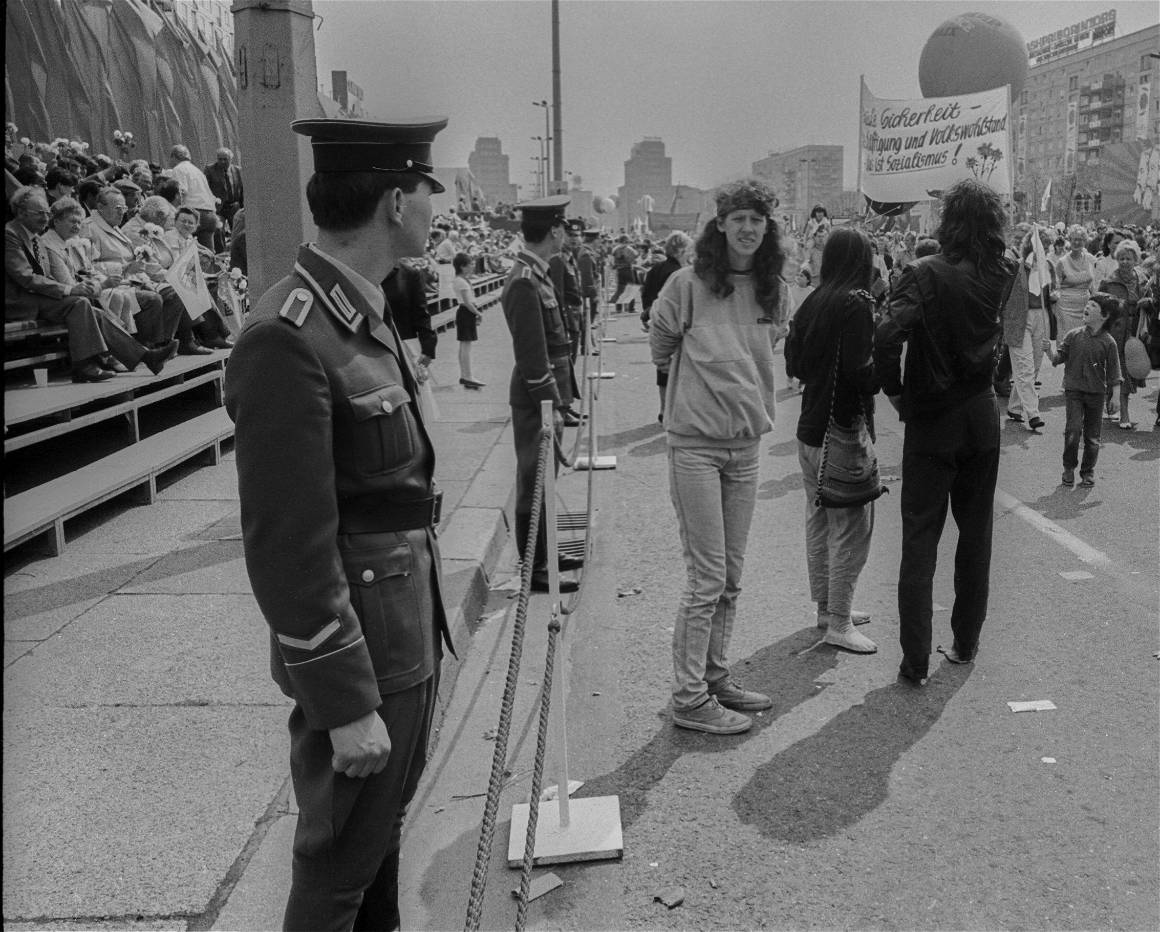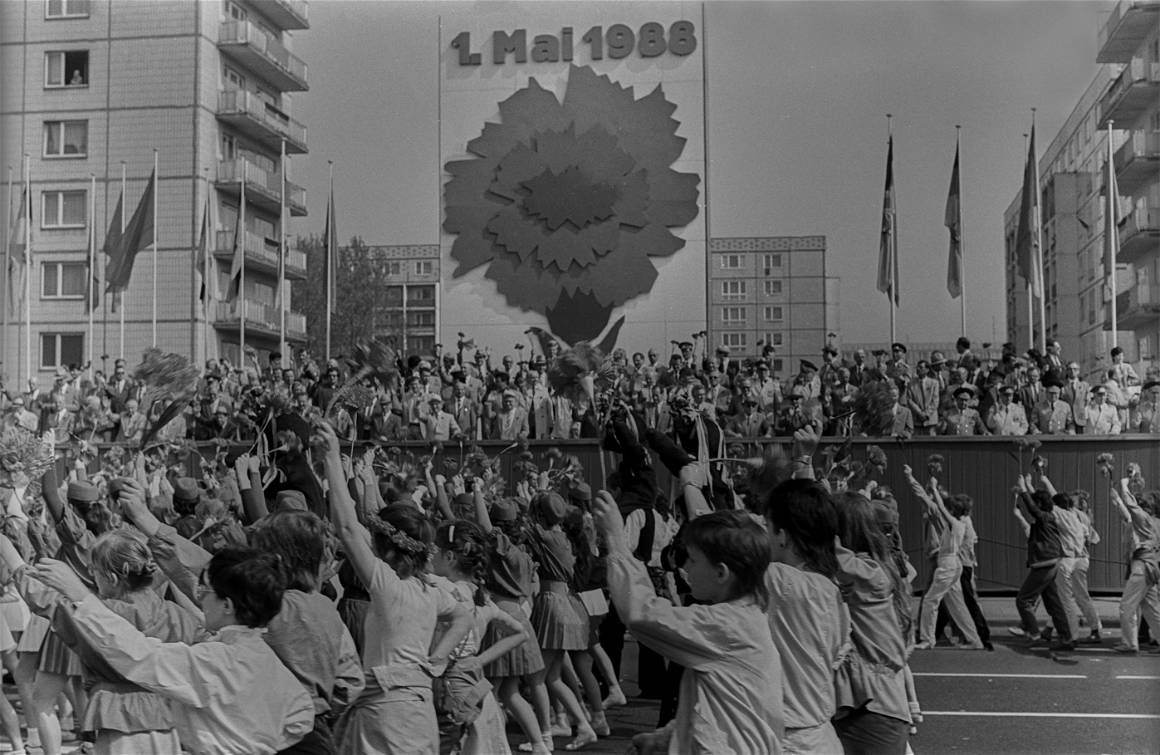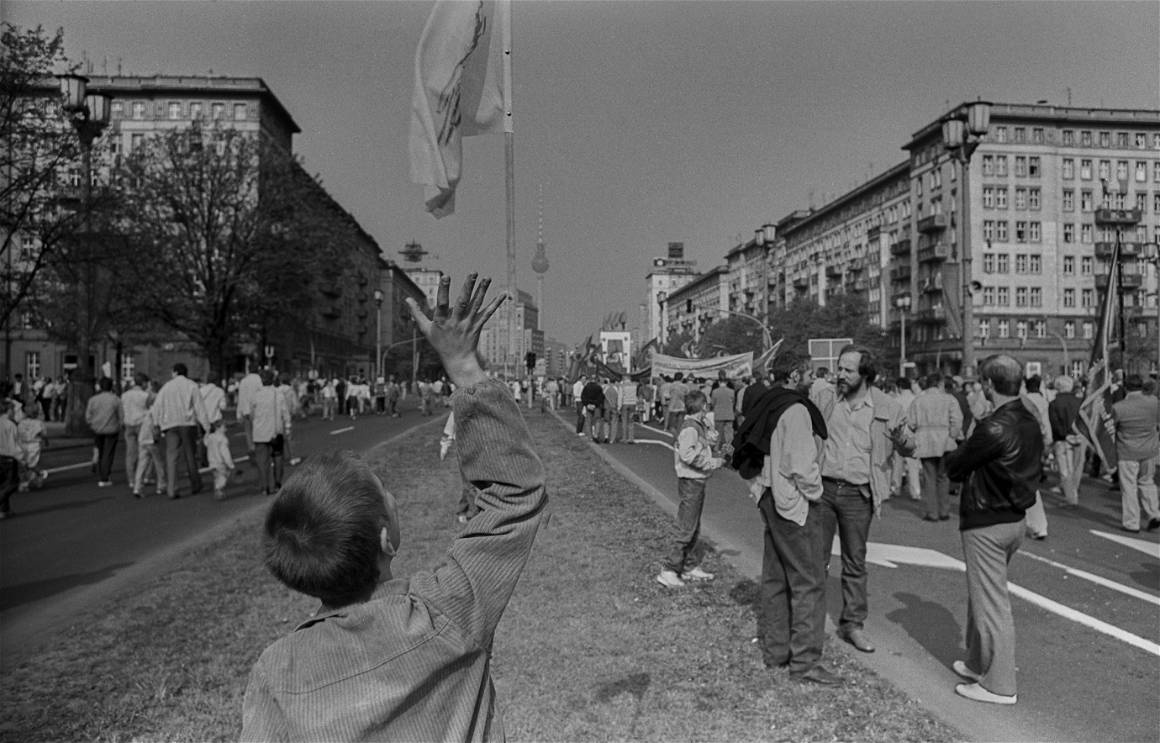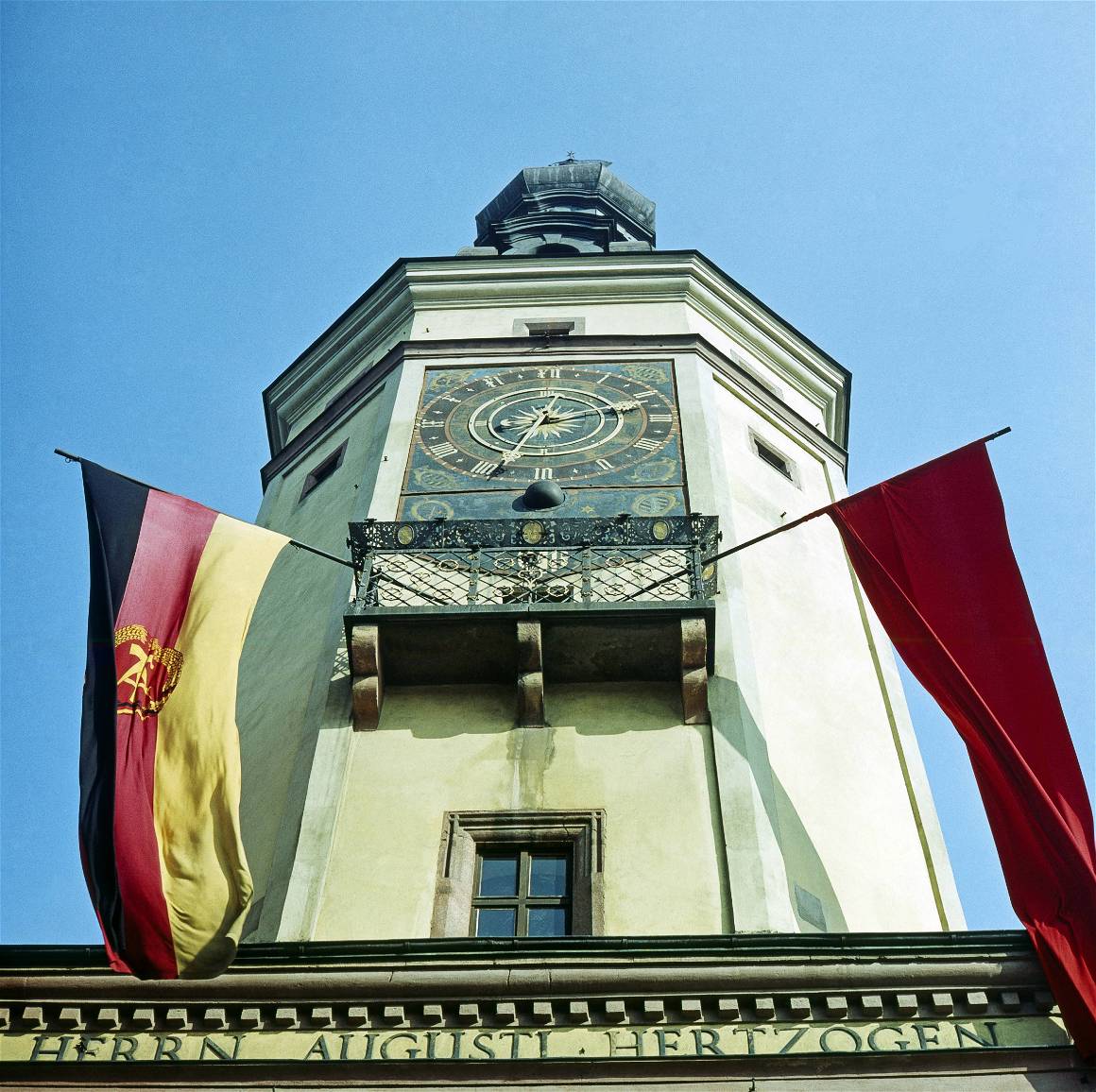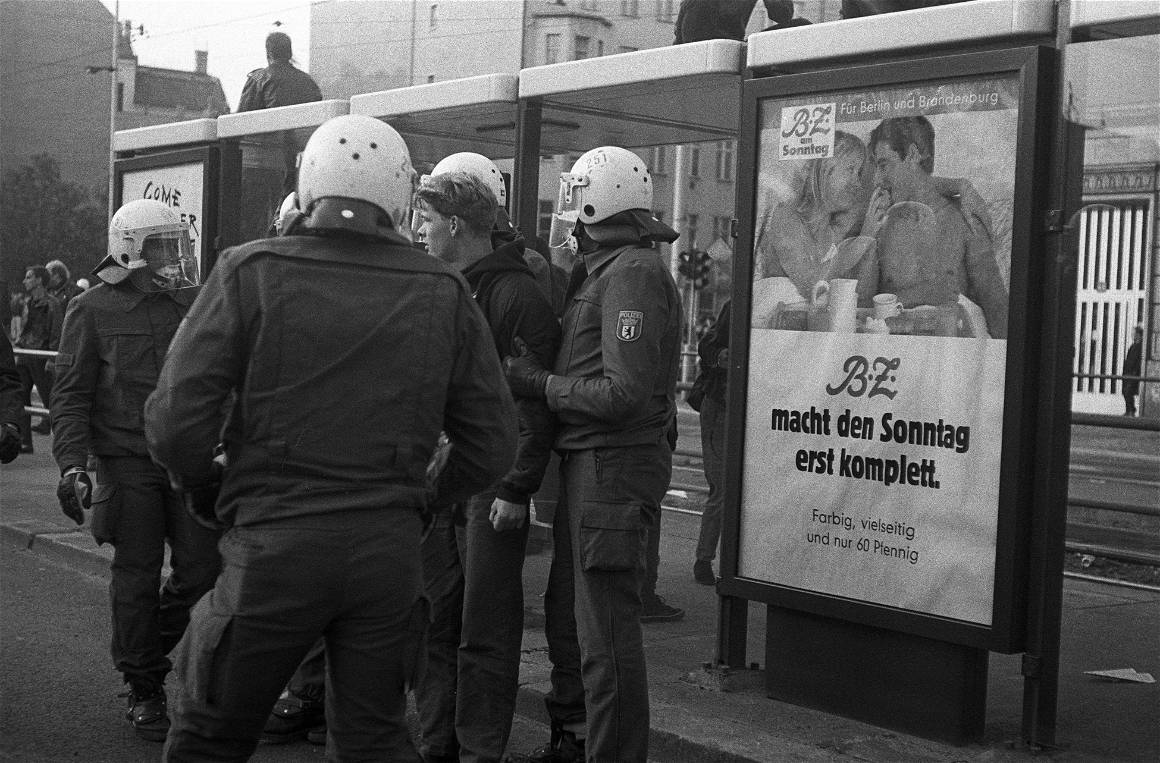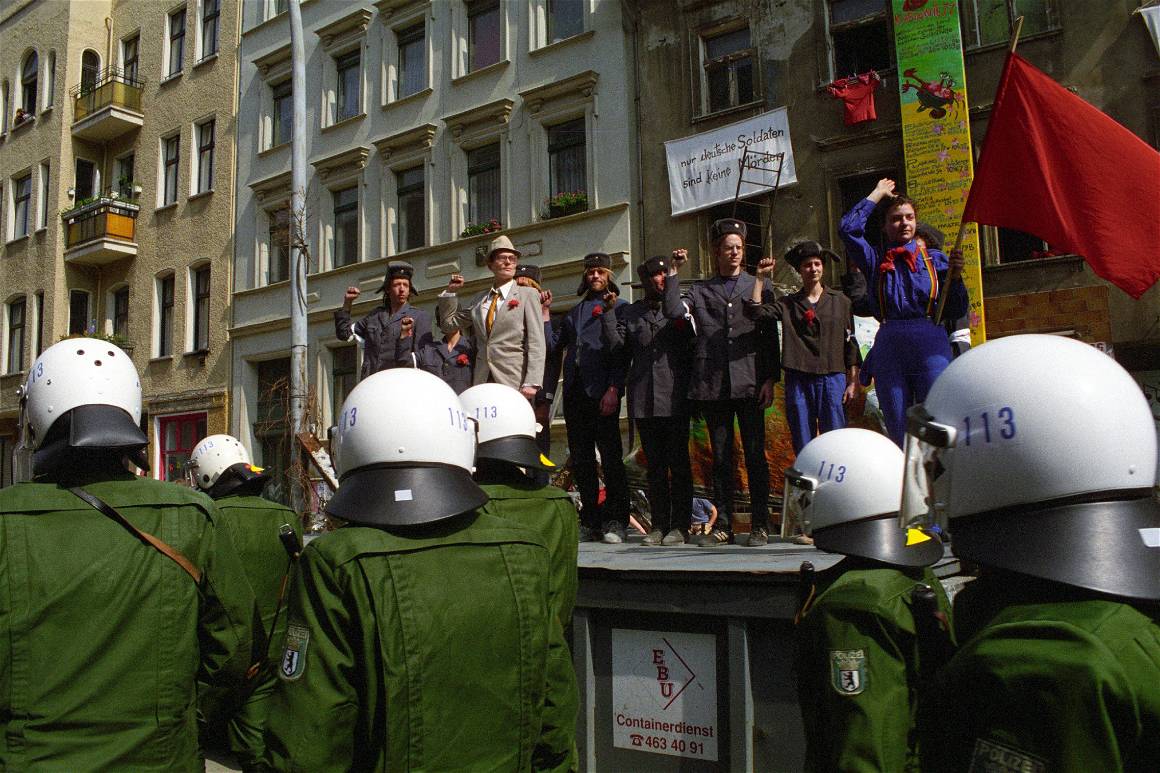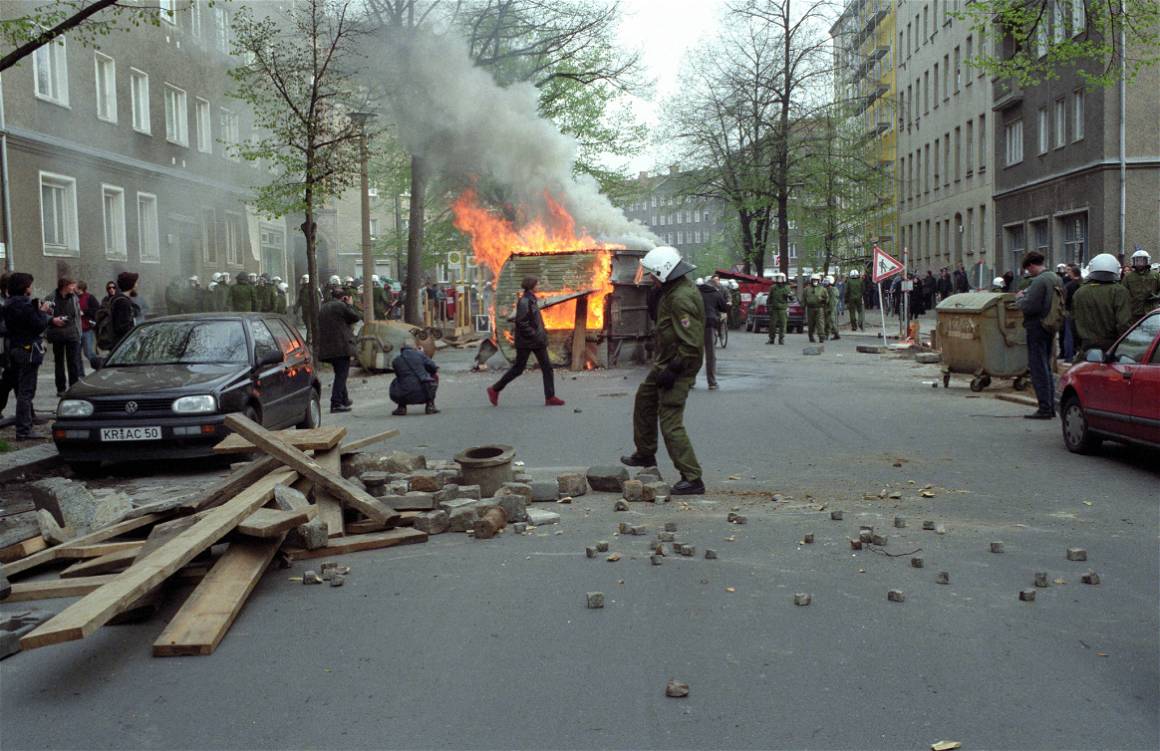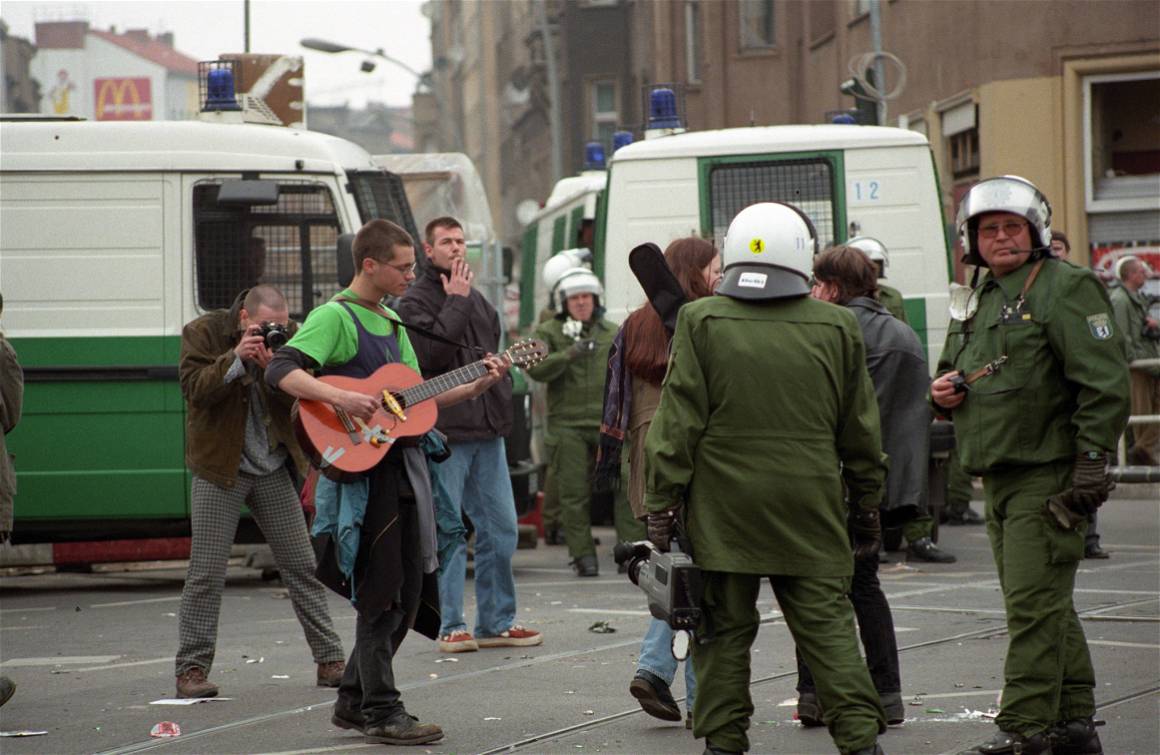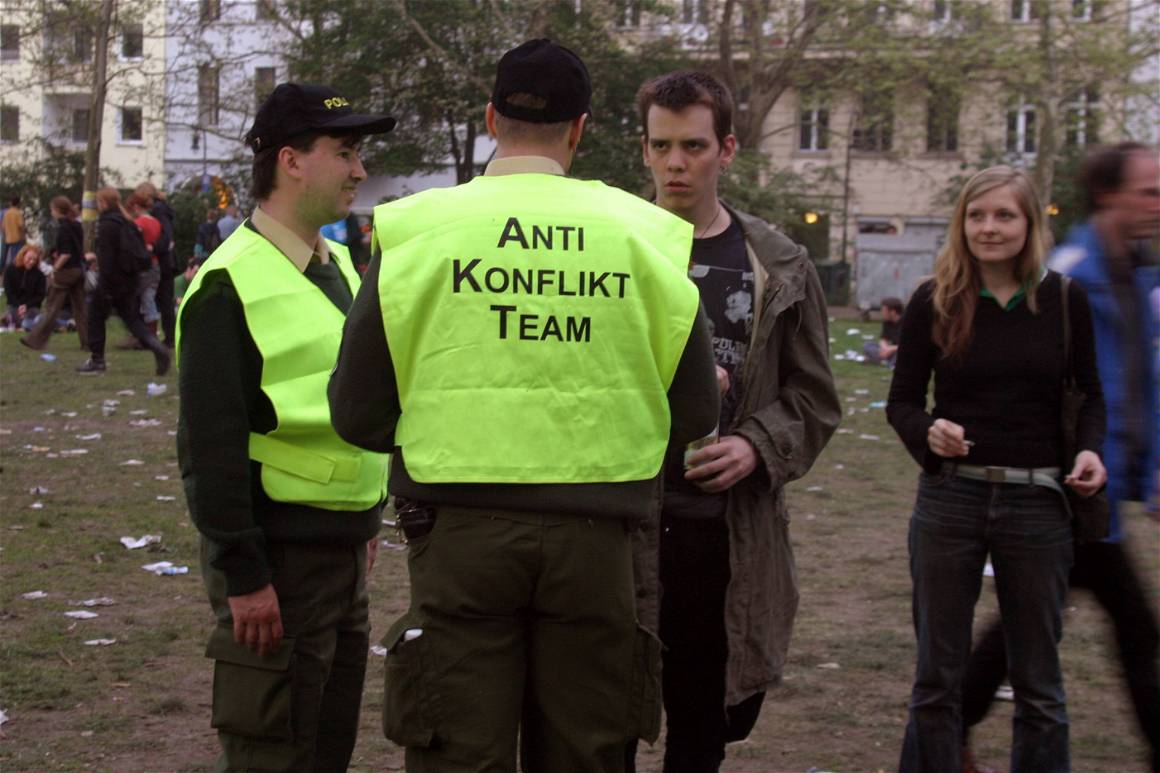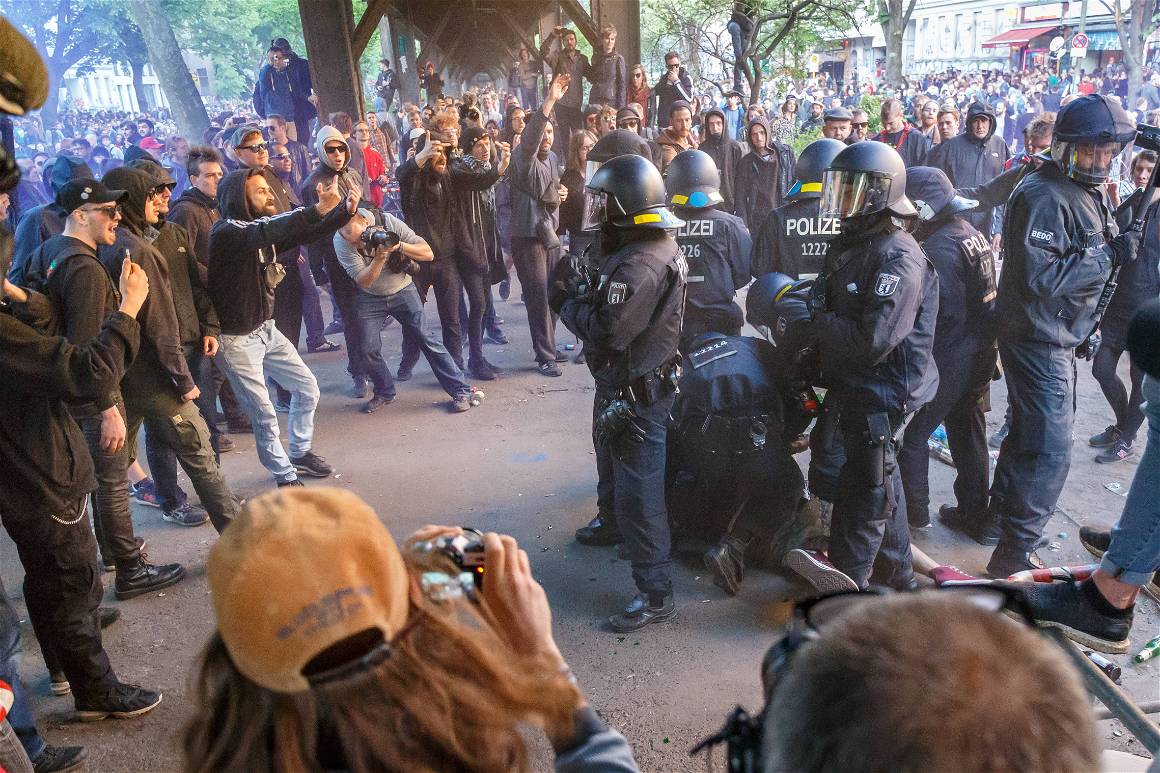Labour Day in Germany has long been a date marked by the contrast between the East and West during the country's division. Delve into the history of this symbolic day and explore the evolution of festivities pre- and post-fall of the Berlin Wall.
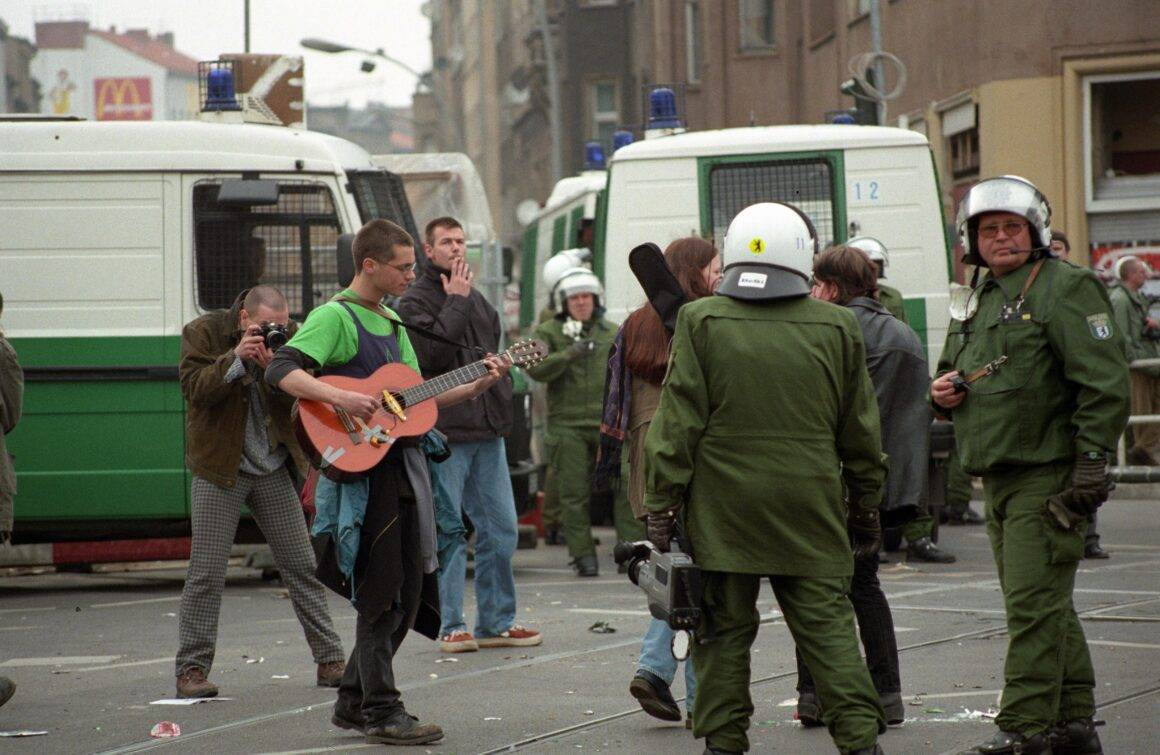
The Evolution of Labour Day in Germany, a Tale of Two Celebrations
International Working Day, known as Erste Mai in Germany, has changed over the years, especially after the fall of the Berlin Wall. Before the Berlin Wall broke down in 1989, East Germany was a socialist state, and Labour Day was an important event. The government used it as an opportunity to promote socialist ideology and highlight the working class’s achievements. Workers would participate in parades and rallies, often carrying banners and posters. The day was also known as “International Fighting Day of the Labour Class” in the GDR, which some individuals interpreted differently. Clashes between police and demonstrators often marked the day, as some groups used the occasion to protest against the system.
In contrast, Labour Day in West Germany was celebrated in a different way; it was not a national holiday, and there was no official government celebration. Instead, it was a day for workers to gather together and demonstrate their rights. Trade unions organized marches and rallies, and workers would gather in public squares to hear speeches, issuing common problems and struggles of the labour class, usually ending on a fireworks display in the evening.
After the fall of the Berlin Wall in 1989, Germany was reunited, and Labour Day became a national holiday in both East and West Germany. However, the way it was celebrated still differed between the two regions. In the East, the socialist ideology had lost much of its appeal, and the focus of the day shifted to celebrating the achievements of the working class. Workers still participated in parades and rallies, but the slogans and banners were less political, and the speeches were less ideological.
In West Germany Labour Day continued to be a day of protest for some workers, but for many, it became a day of leisure. The holiday fell on the first of May, which is the traditional start of the summer season, and people began to celebrate by taking trips to the countryside or having picnics with friends and family. Many cities organized festivals and events featuring music, food, and games, and the day became less political and more festive.
Delve into the history of Labour Day in Germany, this symbolic day through the lenses of IMAGO photographers.
